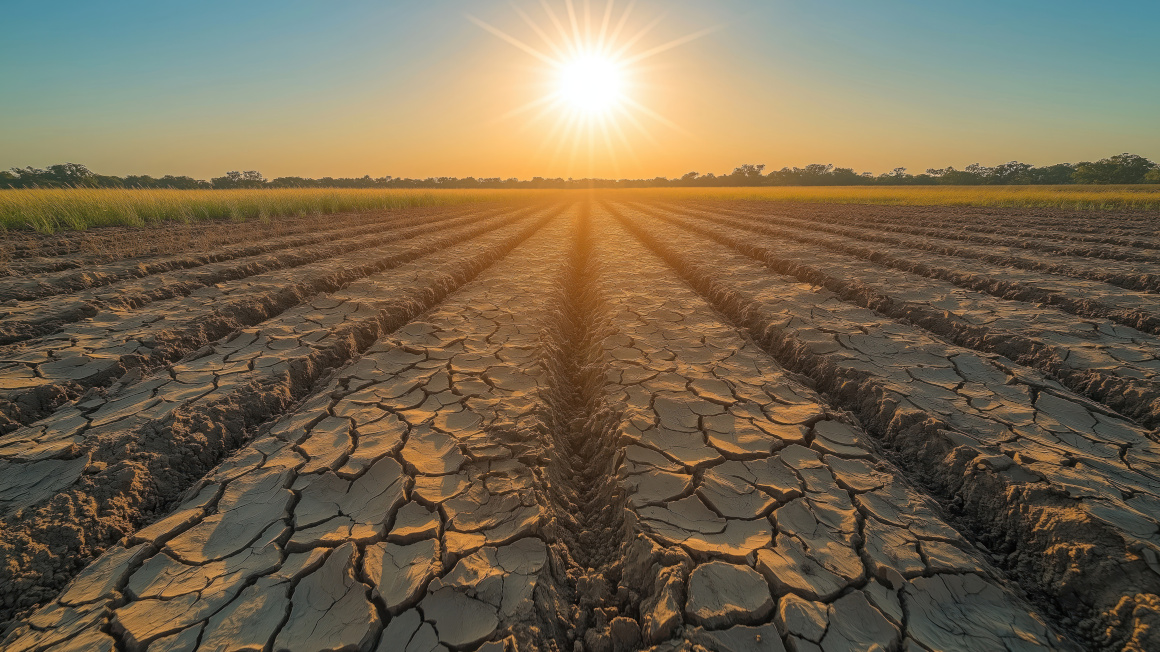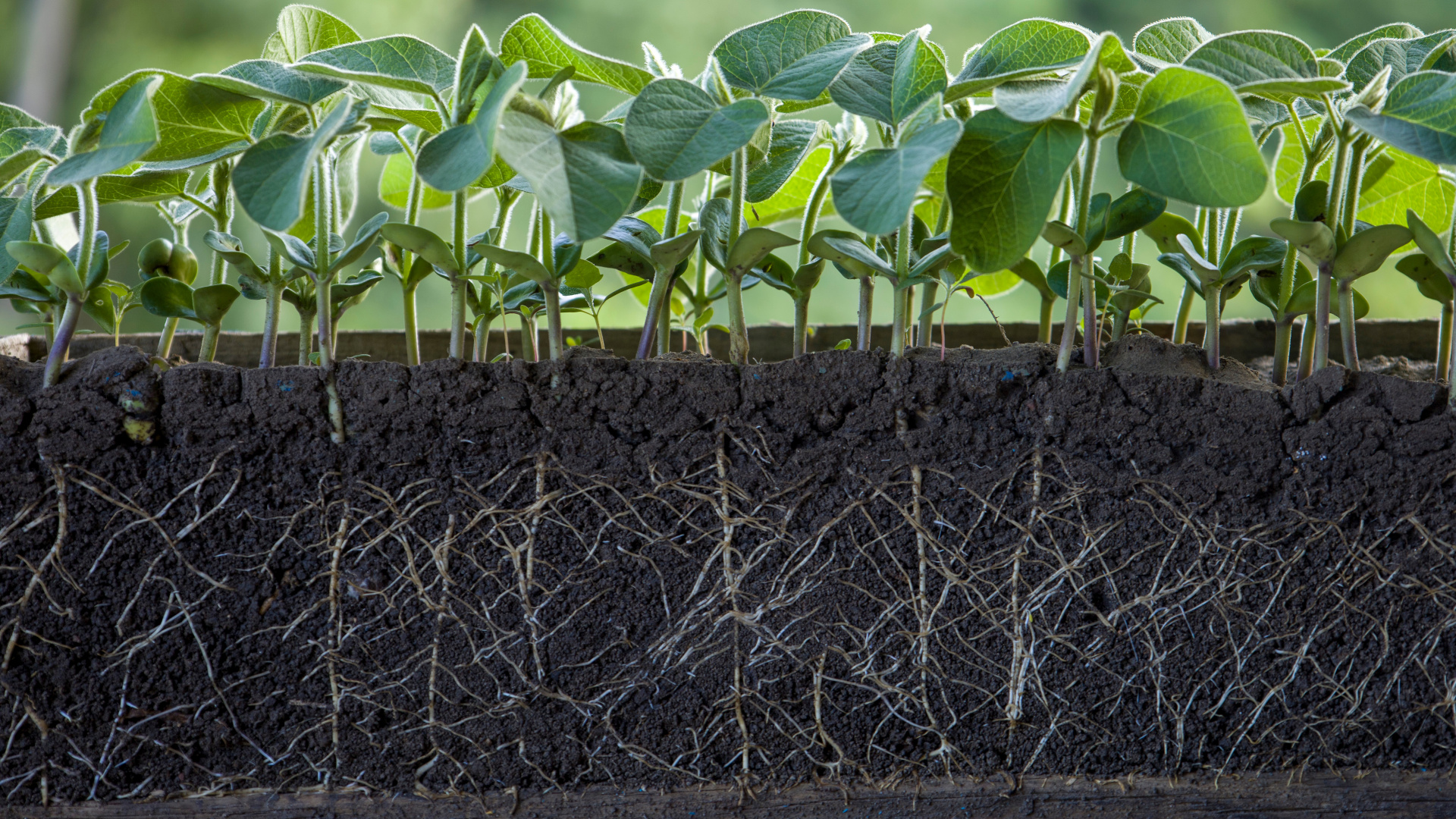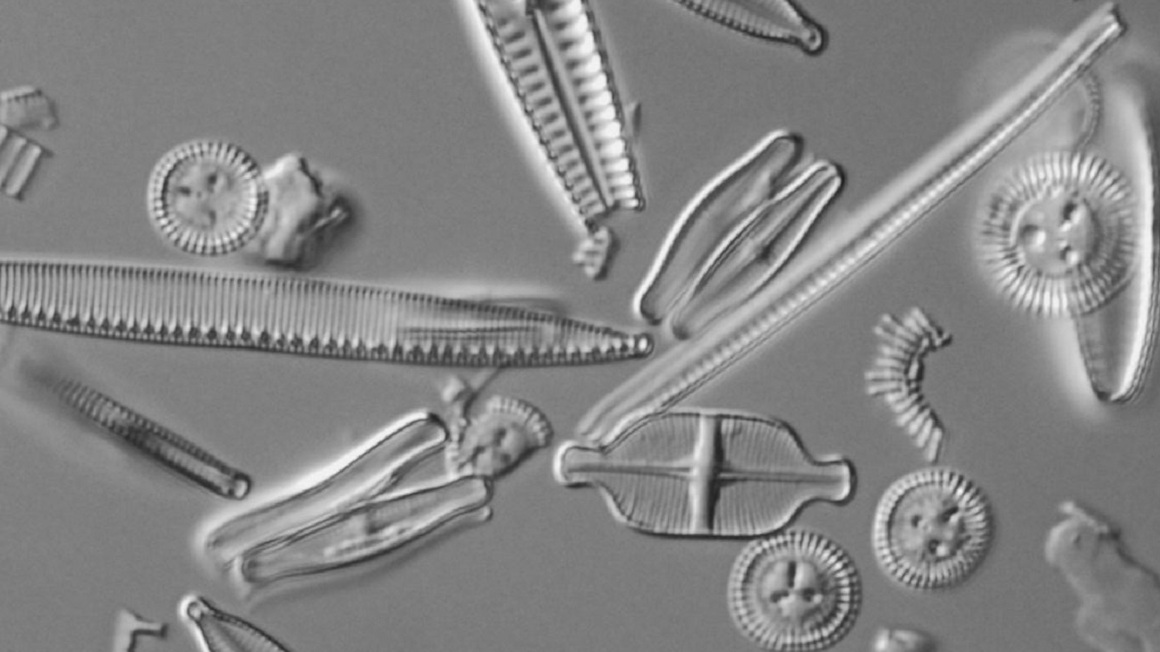Revitalize damaged soils with humus
In the SHAPE project, researchers want to specifically enrich humus with microorganisms in order to strengthen plants and make soils more fertile.

Soil is a vital resource, but is increasingly under threat. According to the European Soil Observatory (EUSO), around 76% of soils in Germany alone are degraded. Soil degradation has many causes: Erosion, intensive agriculture, monocultures, chemical fertilizers, pesticides and urbanization have all contributed to upsetting the balance in the soil - with serious consequences for agriculture, climate and nature.
Tailoring biologically active humus soils
In the SHAPE (Sustainable Health through Chemistry-Microbiome Partnership) research project, microbiologist Gabriele Berg from the Leibniz Institute for Agricultural Engineering and Bioeconomy (ATB) in Potsdam and chemist Markus Antonietti from the Max Planck Institute of Colloids and Interfaces want to tailor a biologically active humus soil. The aim is to regenerate damaged soils and restore their natural function. The researchers' work is being funded as part of a Max Planck Fellowship until 2028.
Enriching humus with microorganisms
To reverse the cycle of soil degradation, the SHAPE team processes plant waste in the laboratory to create humus-rich soil. Specially selected microorganisms such as fungi and bacteria are used to convert dead biomass into valuable nutrients, support growth and filter water. According to the researchers, the biologically active humus soil behaves like naturally produced humus, but can be produced in just a few hours instead of decades. With the customized humus soil, the team wants to create ideal conditions for the growth of microorganisms and thus bring the soil back into balance so that plants can thrive again and soils can bind more CO2 from the air.
lh/bb


